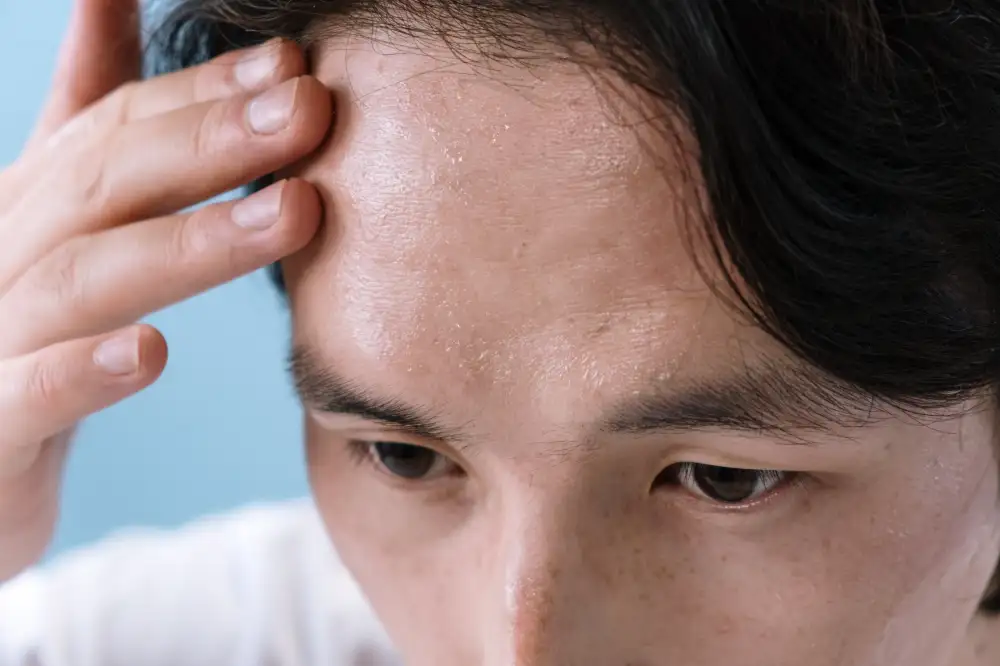Exploring the Safety of Brazilian Butt Lift (BBL) for Individuals with HIV: Unveiling the Truth

- Understanding HIV and its impact on the body
- Exploring the Brazilian Butt Lift (BBL) procedure
- Assessing the risks associated with BBL for individuals with HIV
- Consultation with a qualified medical professional
- Importance of viral load and CD4 count in decision-making
- Potential complications and considerations for individuals with HIV
- Precautions and safety measures during the BBL procedure
- Post-operative care and monitoring for individuals with HIV
The Brazilian Butt Lift (BBL) has gained popularity as a cosmetic procedure that enhances the shape and size of the buttocks. However, for individuals living with HIV, concerns about the safety and potential risks associated with BBL may arise. In this article, we aim to explore the truth behind the safety of BBL for individuals with HIV. By understanding the impact of HIV on the body, assessing the risks involved, and considering important factors such as viral load and CD4 count, individuals can make informed decisions about pursuing this procedure. It is crucial to consult with qualified medical professionals who specialize in both HIV care and cosmetic surgery to ensure personalized guidance and minimize potential complications. By following necessary precautions during the procedure and receiving appropriate post-operative care, individuals can achieve their desired results while prioritizing their health and well-being.
Understanding HIV and its impact on the body
Understanding HIV and its impact on the body is crucial when considering the safety of Brazilian Butt Lift (BBL) for individuals with HIV. HIV, or Human Immunodeficiency Virus, attacks the immune system, specifically CD4 cells that help fight off infections. As a result, individuals with HIV have weakened immune systems and are more susceptible to infections and complications. It is important to consider this impact when evaluating the risks associated with any surgical procedure, including BBL.
Exploring the Brazilian Butt Lift (BBL) procedure
The Brazilian Butt Lift (BBL) procedure is a popular cosmetic surgery that aims to enhance the shape and size of the buttocks. It involves transferring fat from other areas of the body, such as the abdomen or thighs, to the buttocks in order to achieve a fuller and more sculpted appearance.
During the BBL procedure, a qualified plastic surgeon will first perform liposuction to remove excess fat from donor areas. The harvested fat is then processed and purified before being injected into specific areas of the buttocks to create the desired shape and volume.
The BBL procedure has gained popularity due to its ability to provide natural-looking results with minimal scarring. However, it is important to note that like any surgical procedure, there are risks involved.
Individuals considering BBL should thoroughly research and consult with a qualified medical professional to understand both the benefits and potential risks associated with the procedure. This is especially important for individuals with HIV, as their immune system may be compromised and require additional considerations during surgery.
Assessing the risks associated with BBL for individuals with HIV
Individuals with HIV should carefully consider the risks associated with Brazilian Butt Lift (BBL) procedures. HIV weakens the immune system, making individuals more susceptible to infections and complications. The surgery itself poses risks such as infection, bleeding, and scarring. Additionally, the use of anesthesia can further strain the immune system. It is crucial for individuals with HIV to consult with a qualified medical professional to assess their individual health status and determine if BBL is safe for them.
Consultation with a qualified medical professional
Consultation with a qualified medical professional is crucial for individuals with HIV considering the Brazilian Butt Lift (BBL) procedure. A knowledgeable healthcare provider can assess the individual's overall health status, evaluate their HIV management, and determine if they are suitable candidates for the surgery. They can also provide guidance on potential risks and complications specific to individuals with HIV, ensuring that informed decisions are made regarding the BBL procedure. It is essential to consult with a trusted medical professional who has experience in treating patients with HIV to ensure the safety and well-being of the individual throughout the process.
Importance of viral load and CD4 count in decision-making
The viral load and CD4 count are crucial factors to consider when making decisions about the Brazilian Butt Lift (BBL) procedure for individuals with HIV. The viral load indicates the amount of HIV in the bloodstream, while the CD4 count measures the immune system's strength. It is essential to have a low viral load and a stable or improving CD4 count before undergoing any elective surgery, including BBL. These indicators help determine the individual's overall health status and ability to handle potential complications associated with the procedure. Consulting with a qualified medical professional who specializes in both HIV management and cosmetic surgery is necessary to assess these factors accurately.
Potential complications and considerations for individuals with HIV
Individuals with HIV may face unique considerations and potential complications when undergoing a Brazilian Butt Lift (BBL) procedure. HIV weakens the immune system, making it more susceptible to infections and slower healing. This increases the risk of post-operative complications such as infection, delayed wound healing, and poor surgical outcomes. It is crucial for individuals with HIV to disclose their status to their medical professional to ensure appropriate precautions are taken during the procedure. Additionally, individuals with low CD4 counts or high viral loads may be at higher risk for complications and should carefully weigh the potential risks and benefits of the BBL procedure. Close monitoring by a qualified medical professional is essential to minimize risks and ensure optimal outcomes for individuals with HIV undergoing BBL.
Precautions and safety measures during the BBL procedure
During the Brazilian Butt Lift (BBL) procedure, there are specific precautions and safety measures that need to be taken into consideration for individuals with HIV. It is crucial to ensure that the medical facility follows strict infection control protocols, including proper sterilization of equipment and adherence to universal precautions.
Additionally, it is important for the surgeon and medical team to have a thorough understanding of the individual's HIV status, viral load, CD4 count, and overall health condition. This information will help them assess the individual's immune system function and determine if they are suitable candidates for the procedure.
The surgical team should take extra care during the BBL procedure to minimize any potential risk of infection. This includes using sterile techniques, maintaining a clean operating environment, and ensuring that all instruments used are properly sterilized or disposable.
Furthermore, it is essential for individuals with HIV to disclose their status to their surgeon and anesthesiologist before undergoing the BBL procedure. This allows the medical team to make appropriate adjustments in anesthesia administration and post-operative care.
It is also recommended that individuals with HIV receive antiretroviral therapy (ART) prior to undergoing any elective surgery. ART helps in controlling viral replication, improving immune function, and reducing the risk of opportunistic infections.
By following these precautions and safety measures during the BBL procedure, individuals with HIV can minimize their risk of complications and ensure a safe surgical experience. However, it is crucial for each individual to consult with a qualified medical professional who has experience in treating patients with HIV before making any decisions about undergoing a BBL procedure.
Post-operative care and monitoring for individuals with HIV
Post-operative care and monitoring for individuals with HIV is crucial to ensure a safe recovery and minimize potential complications. It is important for patients to follow the instructions provided by their medical professional, including proper wound care and medication management. Regular monitoring of viral load and CD4 count is essential to assess the impact of the surgery on the immune system. Additionally, close communication with healthcare providers is necessary to address any concerns or changes in health status promptly. By adhering to post-operative care guidelines and maintaining open dialogue with medical professionals, individuals with HIV can optimize their recovery process and achieve desired outcomes.
In conclusion, individuals living with HIV who are considering the Brazilian Butt Lift (BBL) procedure must prioritize their health and safety. It is crucial to consult with a qualified medical professional who has experience in treating patients with HIV. Factors such as viral load and CD4 count should be carefully assessed to determine the suitability of the procedure.
While there are potential risks and complications associated with BBL for individuals with HIV, proper precautions and safety measures can significantly minimize these risks. Close monitoring during the post-operative period is essential to ensure optimal healing and recovery.
Ultimately, making an informed decision about undergoing BBL with HIV requires a thorough understanding of one's own health status, consultation with medical experts, and weighing the potential benefits against the possible risks. By prioritizing safety and following appropriate guidelines, individuals can make choices that align with their personal goals while safeguarding their overall well-being.
Published: 16. 02. 2024
Category: Health



